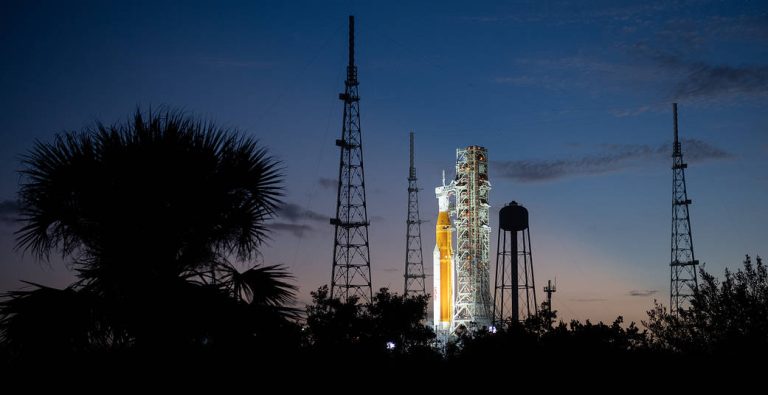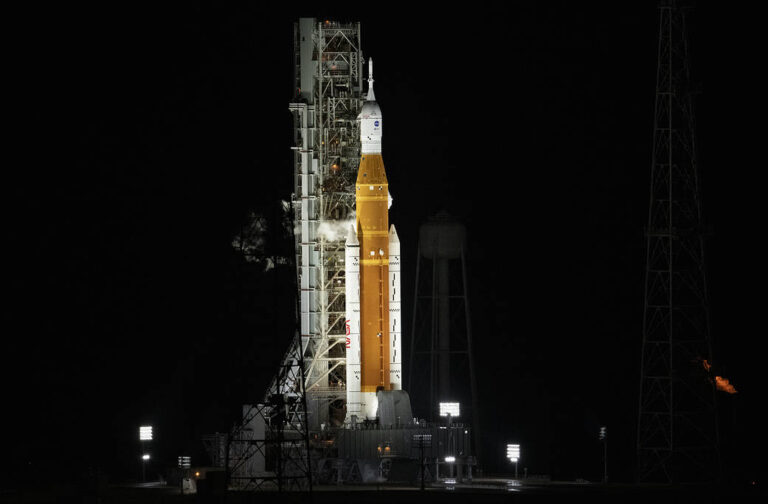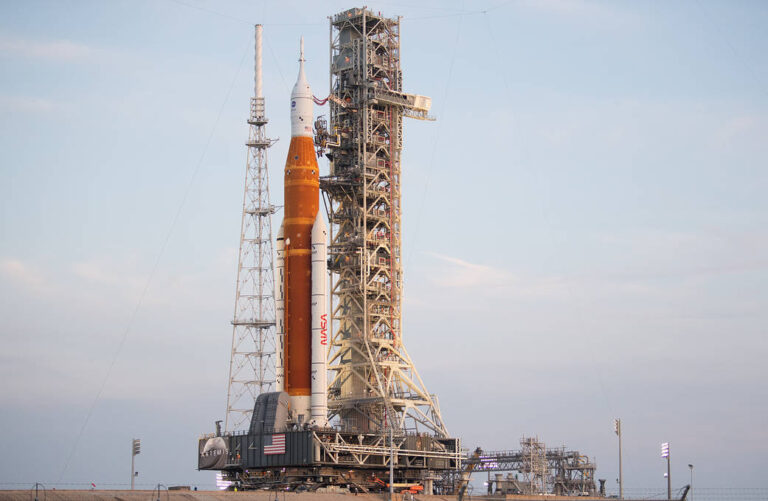继续阿尔忒弥斯二号的工作
A technician works on part of the Space Launch System (SLS) rocket’s core stage for Artemis II in this March 11, 2023, image. Artemis II is the first Artemis mission that will send four astronauts around the Moon and return them home. On March 17, technicians joined the engine section to the rest of the rocket stage; all five major structures of the SLS’s rocket core stage are now integrated. Next, teams will integrate the four RS-25 engines to the engine section to complete the stage. Image Credit: NASA/ Michael DeMocker 在这张2023年3月11日的图像中,一名技术人员正在为阿尔忒弥斯二号人物的太空发射系统(SLS)火箭的核心级工作。阿尔忒弥斯二号任务是第一个阿尔忒弥斯载人任务,它将送四名宇航员绕月飞行并将他们送回地球。 3月17日,技术人员将发动机部分连接到火箭级的其余部分;SLS火箭核心级的所有五个主要结构现在都集成在一起。接下来,各队将把四台RS-25发动机集成到发动机部分,以完成这一阶段。 影像来源:NASA/ Michael DeMocker










